The Chow Chow, with its distinctive lion-like mane and aloof demeanor, has long been a subject of fascination for dog enthusiasts. Often described as having a "cat-like personality," this ancient breed carries an air of independence that sets it apart from other canines. But beneath that seemingly indifferent exterior lies a rich genetic history that dates back thousands of years—a legacy of loyalty and guardianship that defies its modern reputation as a detached companion.
Standing regally with its deep-set eyes and unique blue-black tongue, the Chow Chow exudes an aura of quiet dignity. Unlike most dogs that eagerly seek human attention, Chows often appear indifferent, choosing when and how they interact with their owners. This behavior, frequently compared to that of cats, has led many to misinterpret their true nature. The breed’s independence isn’t a sign of disinterest but rather a reflection of its historical role as a self-reliant guardian and working dog.
Originating in the arid plains and harsh climates of ancient China, the Chow Chow was bred for endurance and resilience. Archaeological evidence suggests that these dogs existed as far back as the Han Dynasty (206 BCE–220 CE), where they served as versatile hunters, herders, and protectors. Their aloofness was a survival trait—unlike pack-oriented breeds, Chows were often required to work alone, guarding livestock or temples with minimal human supervision. This self-sufficiency became ingrained in their temperament, shaping the "cat-like" independence we see today.
Despite their reputation for being standoffish, Chow Chows form deep bonds with their families. Their loyalty is not expressed through exuberant tail-wagging or constant affection but through a quiet, steadfast presence. Many owners describe their Chows as "shadow dogs," following them from room to room without demanding attention. This behavior mirrors the breed’s historical role as a silent sentinel, always watchful but never intrusive.
The misconception of the Chow Chow as a purely decorative or aloof pet stems from its modern portrayal in popular culture. In the late 19th and early 20th centuries, Western aristocrats became enamored with the breed’s exotic appearance, often keeping them as status symbols rather than working companions. This shift from utilitarian guardian to luxury pet obscured the Chow’s true nature, reinforcing the stereotype of a detached, "cat-like" dog. Yet, those familiar with the breed know that beneath that composed exterior lies a fiercely protective instinct—one that harks back to its origins as a guardian of homes and temples.
One of the most striking aspects of the Chow Chow’s personality is its discerning nature. Unlike many breeds that greet strangers with enthusiasm, Chows are reserved and cautious, assessing newcomers with a measured gaze. This trait, often mistaken for unfriendliness, is another vestige of their guardian lineage. In ancient times, a Chow’s ability to distinguish between friend and foe was critical to its role as a protector. Today, this same selectivity makes them excellent watchdogs—alert but not unnecessarily aggressive.
Their intelligence and strong will further contribute to their "feline" reputation. Chows are not eager-to-please dogs like Labradors or Golden Retrievers; they approach training with a sense of autonomy, choosing to cooperate only when they see value in the task. This independent streak can frustrate inexperienced owners but delights those who appreciate a thinking, self-assured companion. Much like cats, Chows respond best to respectful persuasion rather than forceful commands, thriving in environments where their intelligence is acknowledged.
The physical traits of the Chow Chow also hint at its ancient lineage. Their dense double coat, designed to withstand extreme temperatures, and their unique gait—a stilted, almost bear-like walk—are adaptations from their time in harsh terrains. Even their famous blue-black tongue, a feature shared only with a handful of other breeds, is believed to have mystical origins in Chinese folklore, symbolizing their role as protectors against evil spirits.
Modern DNA studies have confirmed the Chow Chow’s place as one of the oldest dog breeds, with genetic markers tracing back thousands of years. This longevity speaks to the breed’s adaptability and the enduring relevance of its traits. While their independent nature may seem at odds with the typical expectations of a family pet, it is precisely this quality that has allowed them to survive and thrive across millennia.
For those willing to understand the Chow Chow on its own terms, the rewards are immense. Behind the dignified reserve lies a dog of profound loyalty, intelligence, and quiet courage—a living testament to its heritage as a guardian of empires. The next time a Chow Chow turns away from an offered belly rub, it’s worth remembering: this is not indifference, but the dignified bearing of a breed that has stood watch for centuries.

By /Jun 13, 2025

By /Jun 13, 2025
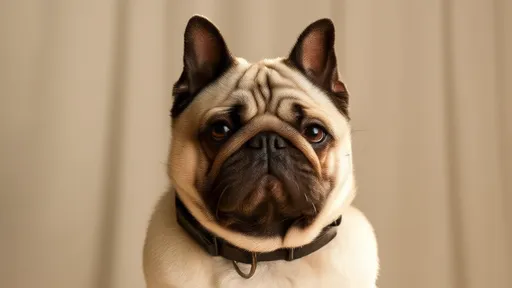
By /Jun 13, 2025

By /Jun 13, 2025

By /Jun 13, 2025

By /Jun 13, 2025

By /Jun 13, 2025

By /Jun 13, 2025

By /Jun 13, 2025

By /Jun 13, 2025
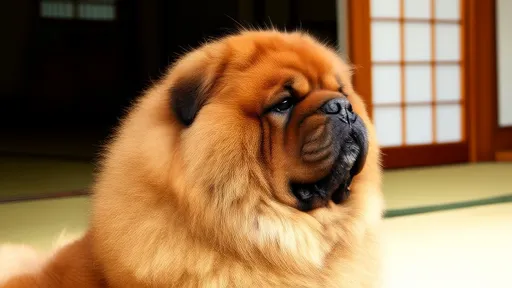
By /Jun 13, 2025

By /Jun 13, 2025

By /Jun 13, 2025

By /Jun 13, 2025
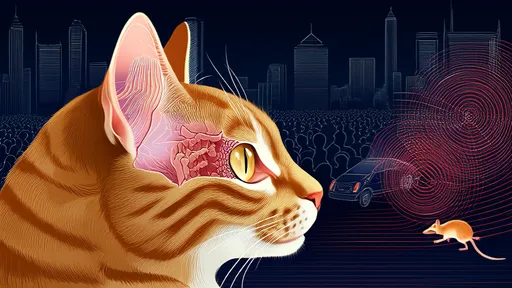
By /Jun 13, 2025
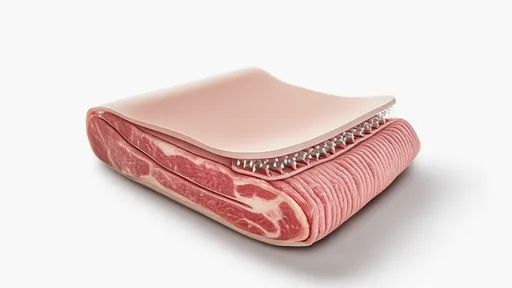
By /Jun 13, 2025

By /Jun 12, 2025
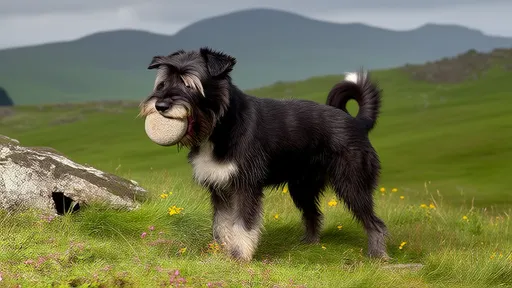
By /Jun 12, 2025
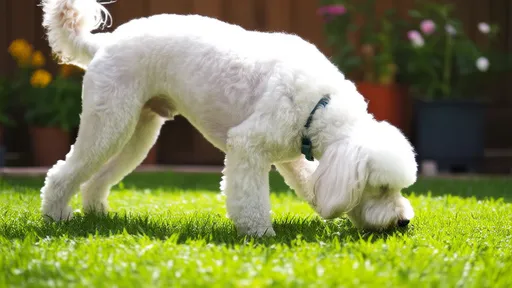
By /Jun 12, 2025

By /Jun 12, 2025